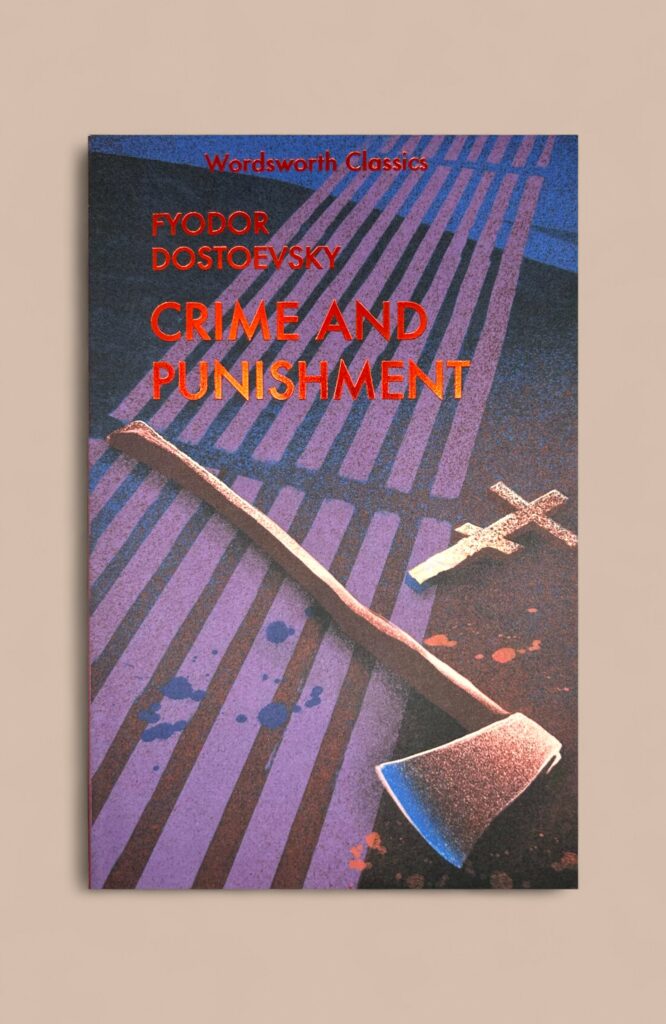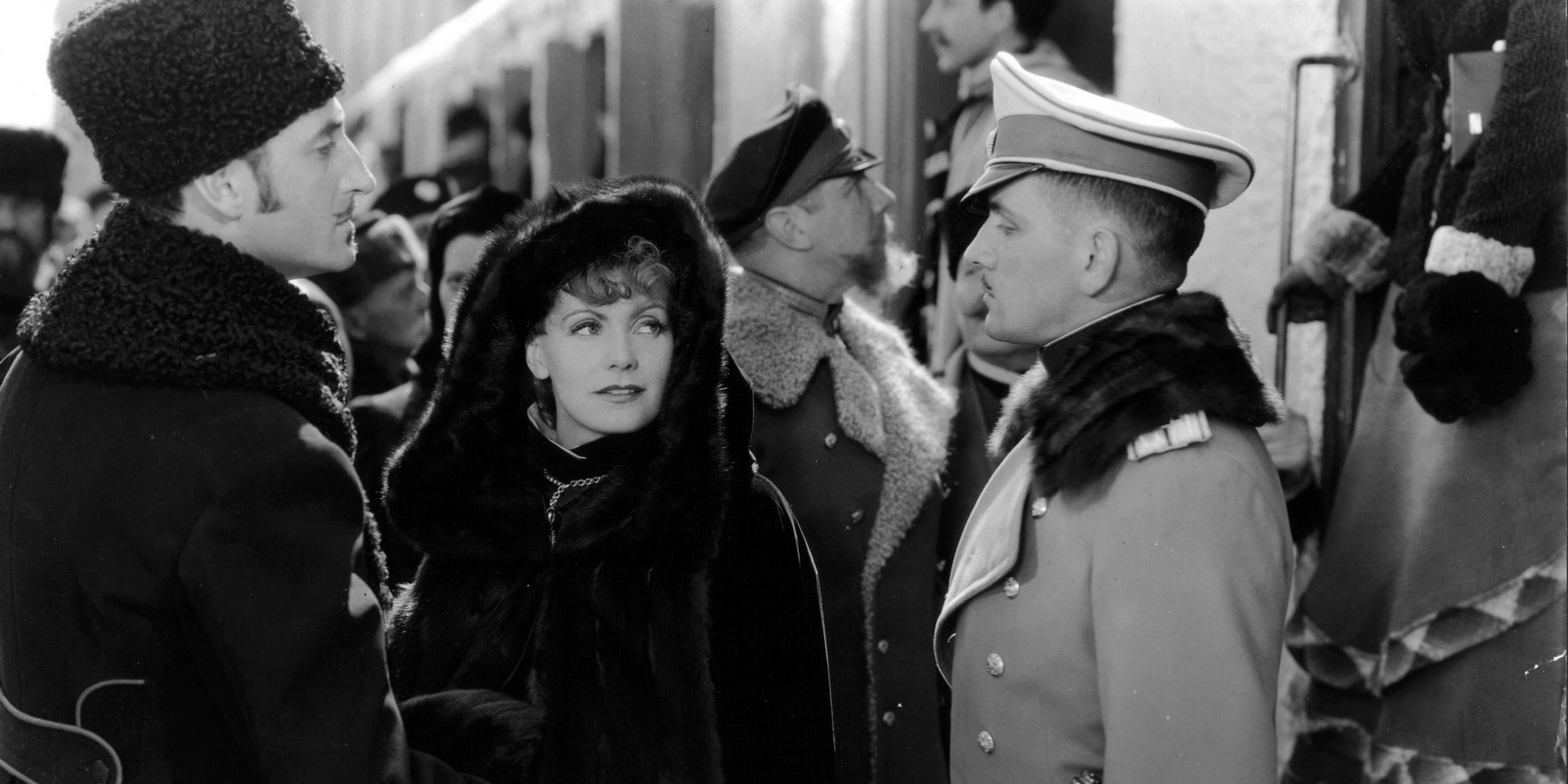
The Golden Age of Russian Literature
At the start of a short series of blogs on three nineteenth-century Russian novels, Sally Minogue considers their powerful ongoing appeal. The Golden Age of Russian Literature
I have mentioned in an earlier blog on Fyodor Dostoevsky’s The Brothers Karamazov the fascination that the great Russian novels of the nineteenth-century exerted on me as a sixteen-year-old, at a time when I was reading practically any fiction I could lay my hands on, and the bigger the novel the better. I read a lot of D. H. Lawrence at this time, and of course all the Brontës, Jane Austen, George Eliot. But the Russian novels stopped even me in my tracks. The worlds summoned up first by Dostoevsky (in my order of reading) and then by Leo Tolstoy were entirely different from anything I was familiar with. Reading Lawrence, I could identify with both the working-class and the rural worlds he recreated with such detail and realism. Even where I could have had little understanding or experience, when he was plumbing depths of the unconscious, a sometimes dark sexuality, or the far reaches of death, these for me were grounded in a world I did know and understand. The Brontës had lived on my Yorkshire doorstep, and as an adolescent I identified completely with the rebellious passions they articulated, even if I couldn’t articulate them in or for myself. Austen and Eliot were magisterial in the way they recreated the social realities of a particular time and place, including, in Eliot’s case, the psychological complexities beneath the social façade. I felt I could still reach back and touch that world, so different in class terms from my own, but still recognizable and comprehensible perhaps just because of its inherent Englishness. The Golden Age of Russian Literature
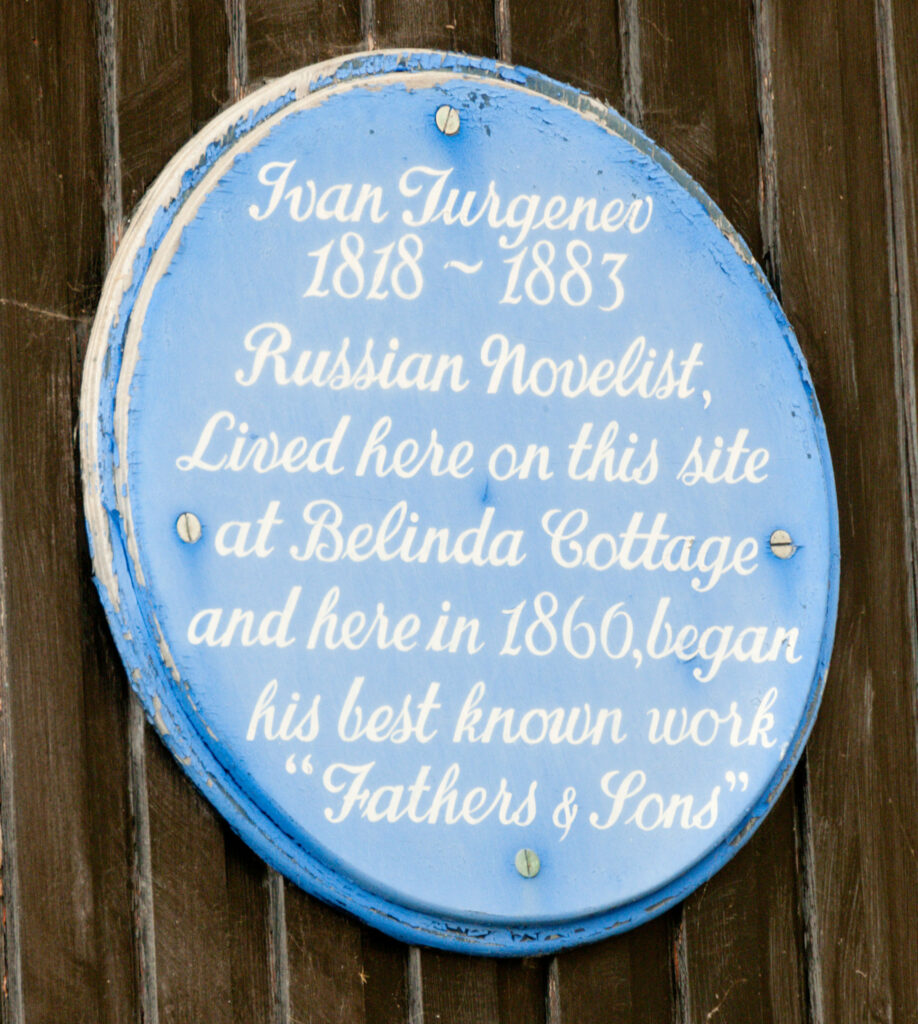
Turgenev on the Isle of Wight
But the Russians! Firstly, there seemed to be a cast of thousands. This was in part because key characters had at least three names – first name, patronymic ( derived from the first name of the father), and surname. Once I understood this, it seemed to indicate a breadth and complexity in the very structure of identity missing from a mere ‘Mr Darcy’ or ‘Dorothea Brooke’. There is a good example in the early pages of Ivan Turgenev’s Fathers and Sons. A central character, Arkady, returning to his father’s estate, has brought his friend Bazarov for a stay, unannounced, and introduces him simply as Bazarov to his father:
‘I am indeed glad to see you!’ was [father] Nikolai Petrovich’s greeting, ‘I am indeed grateful to you for your kindness in paying us this visit! … But first might I enquire your name?’
‘Evgenii Vasiliev,’ replied the other. (p. 7) The Golden Age of Russian Literature
This brief, nuanced exchange indicates the importance of the patronymic (Vasiliev, indicating the first name of his father, just as Petrovich indicates that of Nicolai) in locating the character. Patronymics are significant throughout Russian novels, even where the father indicated is a scoundrel and a wastrel (as is the case in The Brothers Karamazov). Here the father of both Nikolai and his brother Paul was a general involved in a significant campaign, that of 1812, and this social background is quickly intimated in the very first page of the novel. There is a similar ‘placing’ at the start of Dostoevsky’s The Idiot, where the author uses the simple device of placing the central character on a train, and introducing himself to his fellow passengers:
‘Excuse me, whom have I the honour’… the pimply gentleman said suddenly, addressing the fair young man with the bundle [our hero].
‘Prince Lyov Nikolayevitch Myshkin is my name,’ the latter replied with prompt and unhesitating readiness.
‘Prince Myshkin? Lyov Nikolayevitch? I don’t know it. I don’t believe I’ve ever heard it,’ the official responded thoughtfully. (p. 6)
So we quickly discover here that the title ‘prince’ cuts no ice. The Golden Age of Russian Literature
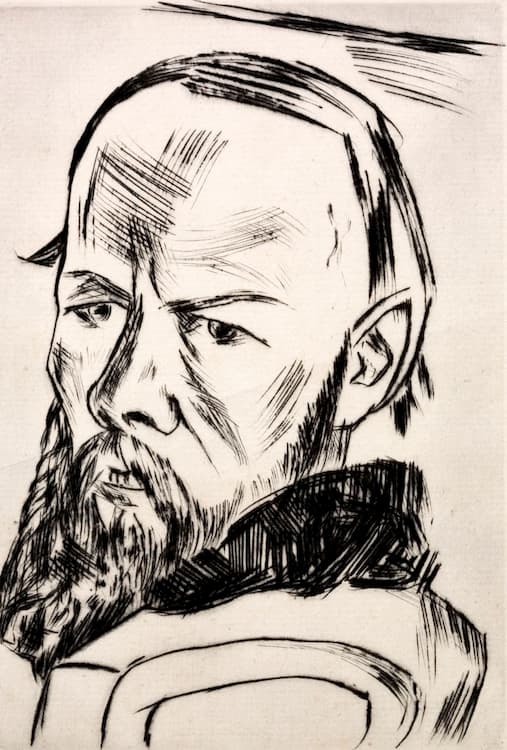
Modern Russian engraving of Dostoevsky
Family, breeding, forebears matter in this society, but at the same time they don’t assure anything. Myshkin does have aristocratic forebears, but he is without money or position, and is heading to a distant relative to find a paid billet.
This brings us to the fact that these novels were dominated by the ruling class, and a ruling class that either still had serfs or where serfdom had only recently been abolished. The name rule above does not apply to the servant class, where individuals are usually known by their first name and characteristically have no real bearing on the action (an exception occurs in The Brothers Karamazov). Bazarov’s ideal aim as a would-be revolutionary may be to undermine the existing social order, and Levin in Anna Karenina may try to work alongside the peasants as their equal, but servants and peasants themselves are given no imaginative room in these novels. But I think when I was reading them for the first time, this major flaw was swept aside for me by the sheer power of what was happening within them. While the novels themselves depict a world where power relations have been unchanged for centuries, they are written at a time when all that was about to change, and it is that incipient upheaval which acts as a turbulent force within and below the surface of these works. The novels I’ll look at (Ivan Turgenev’s Fathers and Sons, 1862; Dostoevsky’s The Idiot, 1869; and Tolstoy’s Anna Karenina, 1878) depict a world which is questioning itself, against the backdrop of major historical, political and social movements. The Golden Age of Russian Literature
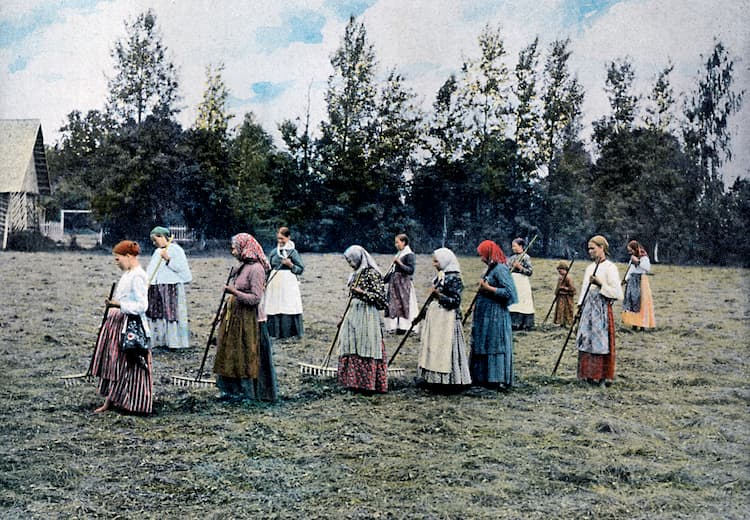
Haymaking around Moscow c.1890
Now to some extent this was true of the nineteenth-century English novels I was reading alongside, but these major events were rarely placed front and centre there, and certainly imaginatively what seemed central to them was the human, the domestic, the small-scale social, even when intense emotions were expressed. In the Russian novels large ideas were being discussed – in Fathers and Sons the whole concept of Nihilism is explored, dividing one generation (the fathers) from the other (the sons), as an indication of the division in Russia itself. In The Idiot the concept of the possibility of absolute goodness is embodied in Prince Myshkin, an almost Christ-like figure but one who blunders his way through a corrupted Russian society to whom he appears only ‘an idiot’. Anna Karenina, the only one of the three to have a woman at its centre, does concentrate more on domestic relationships, but at the same time explores the large debates about agricultural reform and Westernisation in Russia, with a key character Levin embodying an idealistic view of the centrality of the Russian peasantry to its agriculture. Levin, somewhat like Prince Myshkin, is a figure who embodies goodness, but we see the internal struggles involved in achieving that. Meanwhile Anna challenges all social and class norms in her passion for the dashing Vronsky, and while that has profoundly tragic results, her brother Oblonsky, who is casually unfaithful to his wife Dolly, rides the storm and is in the same sunny position at the end of the novel as at the beginning. Thus Tolstoy demonstrates acutely the double standards of Russian upper class society, while setting against those Levin’s embrace of a simplicity of life stripped of the demands of the glittering ballroom. The Golden Age of Russian Literature
Beyond my chosen novels, Tolstoy’s War and Peace and Dostoevsky’s Crime and Punishment much more obviously explore on the one hand the great sweeps of actual historical events and on the other the existential complexities of what might or might not be an evil act. But to my mind a similar largeness of imagination inhabits all of these works, even when, as in my examples, they are more clearly confined to the drawing room or the country estate. And that is reinforced by the sense of the expanse of the geography of Russia itself. Many are the motifs of crossing that extensive landscape. Fathers and Sons begins with a father in the country waiting for his son as he travels back from his studies in St Petersburg; he has fresh horses waiting for the last part of the journey, and son Arkady apologises for his dusty state. The implication is of many long miles travelled by carriage and horses. The Idiot begins with Prince Myshkin returning on the Warsaw train to St Petersburg from four years in Switzerland; again vast distances of travel are intimated. Trains are a tragic motif in Anna Karenina; the same train on which Anna meets her lover-to-be Vronsky also accidentally runs down the guard, ‘a bad omen’ indeed, as Anna has a foretaste of her own fate. These are not English distances.
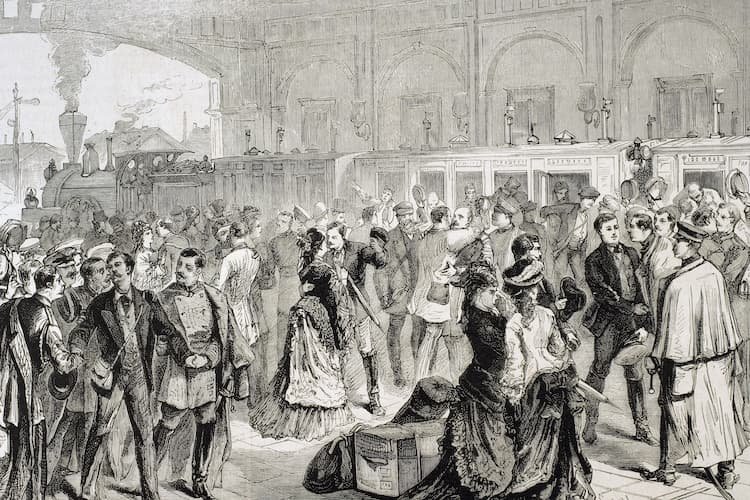
Departure of Russian officers to Serbia 1877
Perhaps this is the thing that most appeals still about these novels: nothing about them is English. Most striking is the violence of the passions portrayed. This is a world of duels, stabbings and murders, of suicides and attempted suicides, of throwing grand sums of money into the fire, of throwing one’s whole future into the maelstrom of desire, of sacrificing one’s own desire to save another, of dying of typhoid from a deliberate carelessness, of choosing to die for love rather than live without it. It is often a cruel world, with large forces at work, whether in a well-lit drawing-room, or in the between-world of the station platform or the travelling carriage. And beyond those lie the cold wastes of Siberia.
I began with names, and to set against the extremes and excesses of these novels, I’ll end with the pet names that form the fourth sort of name that can be given to a character. These diminutives express a fondness, or a particular familial relationship, or even a special way for the reader to relate to a character. Arkady, the son for whom his father is waiting excitedly at the start of Fathers and Sons is greeted thus: “‘Arkasha! Arkasha!’ was Kirsanov’s cry as, running forward, he waved his arms.” (p. 6) Nothing could better reveal the father’s love for his son. When Arkady is taken in turn by his friend Bazarov to stay at his family home, it is the mother who greets her son, “‘Enuisha, Enuisha!’”, but here the father, though he embraces his son repeatedly, is embarrassed by the show of emotion.
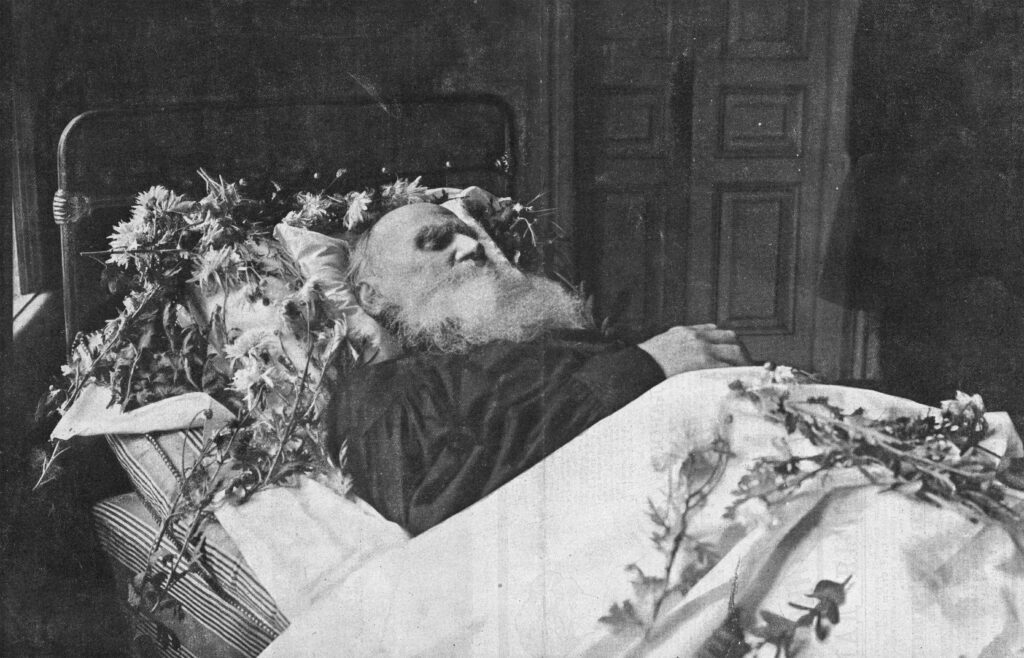
Funeral of Leo Tolstoy,1910.
Main image:
In Anna Karenina, it is notable that Oblonsky, his wife, and his wife’s sister are all known largely through their diminutives – respectively Stiva, Dolly and Kitty. In some clear but unstated way this means both that we do not take them quite seriously but that we also forgive them. Anna has no diminutive; she is after all the tragic heroine. But neither has Prince Myshkin, who is almost always referred to as ‘Prince’ or ‘Myshkin’, which perhaps underlines the fact that his very goodness distances him from others.
This is, as you see, a complicated world and once you step inside there will be many things to discover for yourselves. In my next blog, I’ll be looking more closely at Turgenev’s Fathers and Sons – the slimmest of these volumes but by no means the slightest. The Golden Age of Russian Literature
Main image: Greta Garbo, Fredric March and Basil Rathbone in the 1935 film of Anna Karenina Credit: Album / Alamy Stock Photo
Image 1 above: Plaque on Belinda Cottage, Ventnor, Isle of Wight records its occupation by Ivan Turgenev, where he conceived the idea for Fathers and Sons. Credit: Urban Images / Alamy Stock Photo.
Image 2 above: Modern Russian engraving of Fyodor Dostoevsky Credit: C. and M. History Pictures / Alamy Stock Photo
Image 3 above: Haymaking around Moscow c1890. Illustration from Russie Costumes et Coutumes, (a work on Russian dress and customs), by L Boulanger, (Paris, c1890). Credit: The Print Collector/Heritage Images / Alamy Stock Photo
Image 4 above: Russo-Turkish War (1877-1878). St. Petersburg. Departure of Russian officers to Serbia as volunteers in the army of General Tchernaieff. Engraving in “The Spanish and American Illustration”, 1877. Credit:: Album / Alamy Stock Photo
Image 5 above: Funeral of Leo Tolstoy. Photo from 1910. Credit: Archive Collection / Alamy Stock Photo
For more on Dostoevsky’s life and works, see: International Dostoevsky Society & North American Dostoevsky Society
For more on Tolstoy’s life and works, see: Leo Tolstoy website – (leo-tolstoy.com)
Books associated with this article
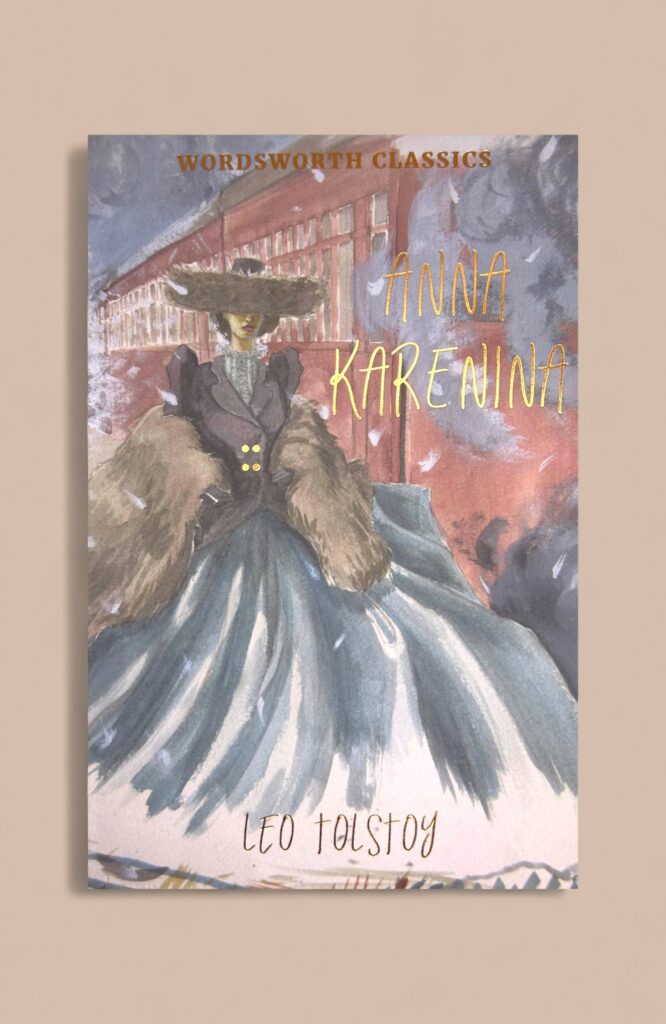
Anna Karenina
Leo Tolstoy
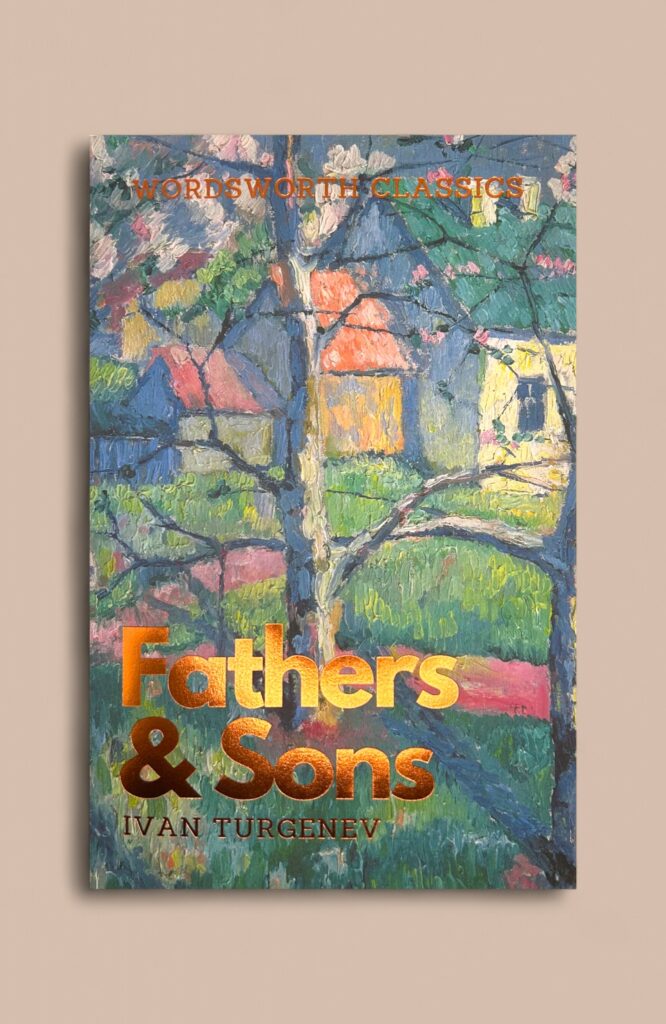
Fathers and Sons
Ivan Sergeyevich Turgenev
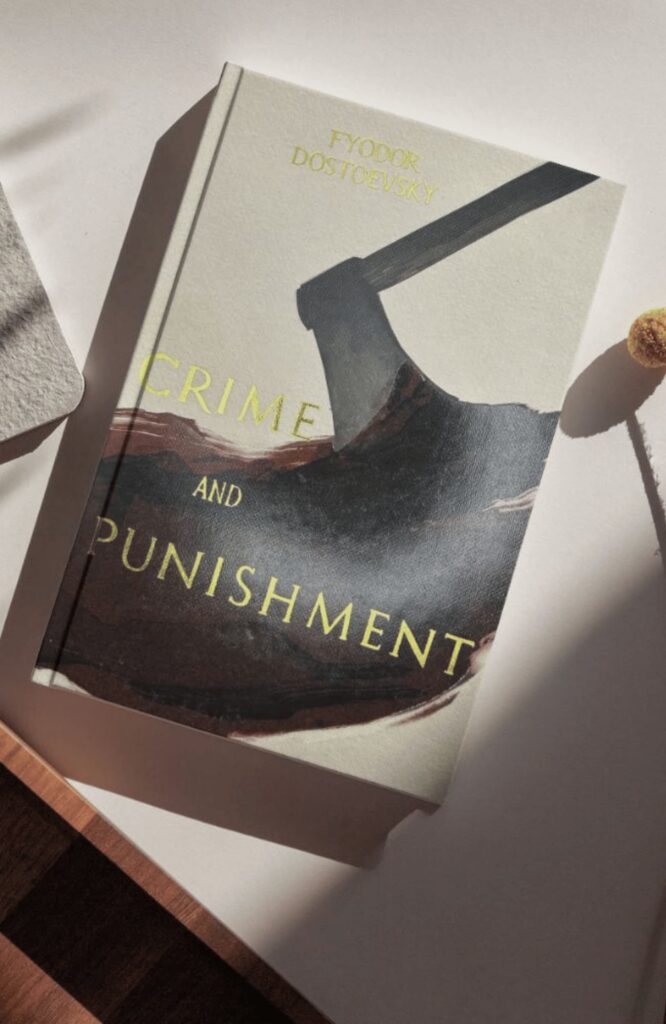
Crime and Punishment (Collector’s Edition)
Fyodor Dostoevsky
